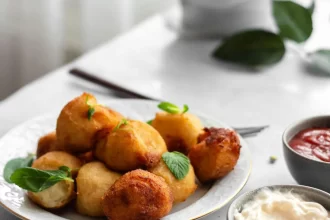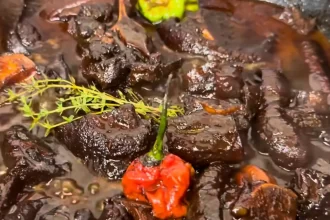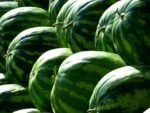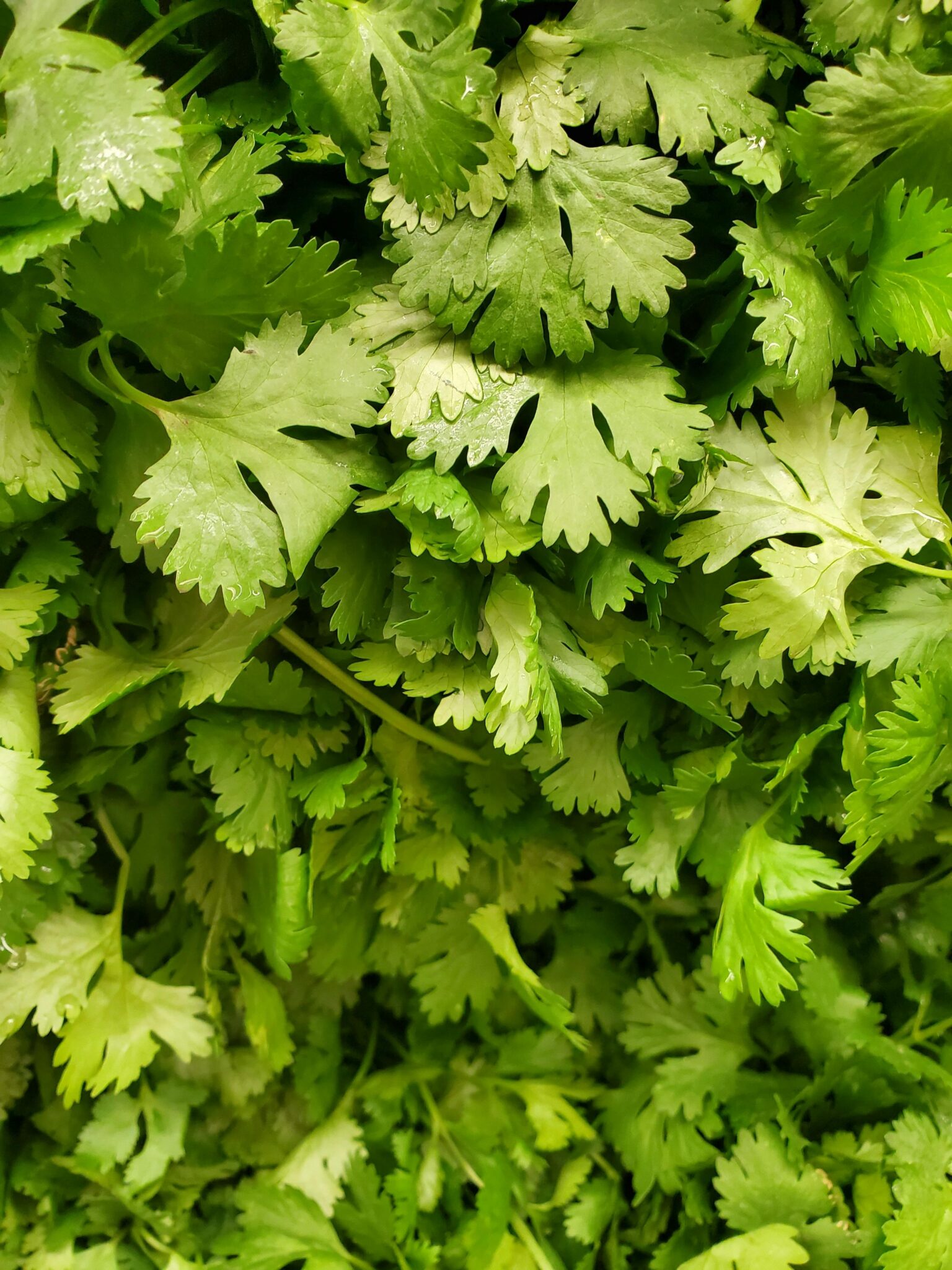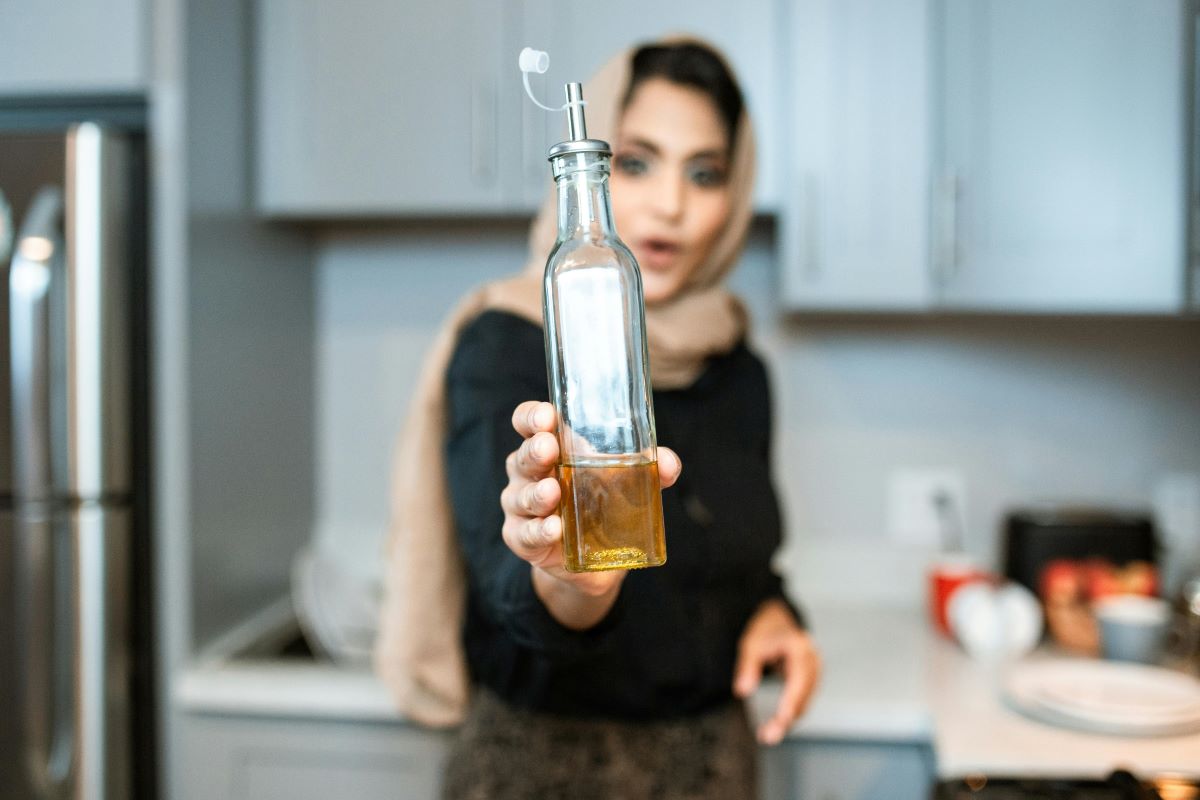Are you tired of battling stubborn food residue on your stainless-steel skillet? Discover the magic of the Leidenfrost effect—a simple science trick that transforms your pan into a nonstick wonder.
Stainless-steel skillets reign supreme for their exceptional browning and versatility. But for newcomers, the sticking issue can be a deterrent. Fear not! With this easy method, even delicate foods like eggs and fish glide effortlessly on stainless steel.
The pan is hot when the water bubbles up.
Tom Rose
How to Make Your Stainless-Steel Skillet Nonstick
- Preheat Just Right: Give your pan a medium heat for 2 to 4 minutes
- The Water Test: Grab a bowl of tap water and flick a few droplets onto the pan. If they dance around like little balls, your pan is primed and ready.
- Add Fat and Food: Once the water behaves as described, add your fat and food. Watch in amazement as they gracefully dance across the surface, without a hint of sticking.
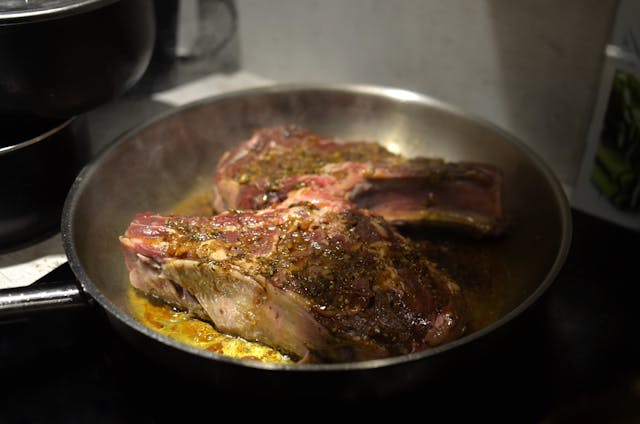
Why It Works
Ever heard of the Leidenfrost effect? It’s the science behind this kitchen wizardry. At temperatures above 379 degrees Fahrenheit (193 °C), when a liquid, typically water, comes into contact with a surface significantly hotter than its boiling point. Instead of immediately vaporizing upon contact, the liquid forms a thin layer of vapor that insulates it from the hot surface. This vapor layer reduces direct contact between the liquid and the surface, causing the liquid to levitate or glide on top of the vapor cushion.
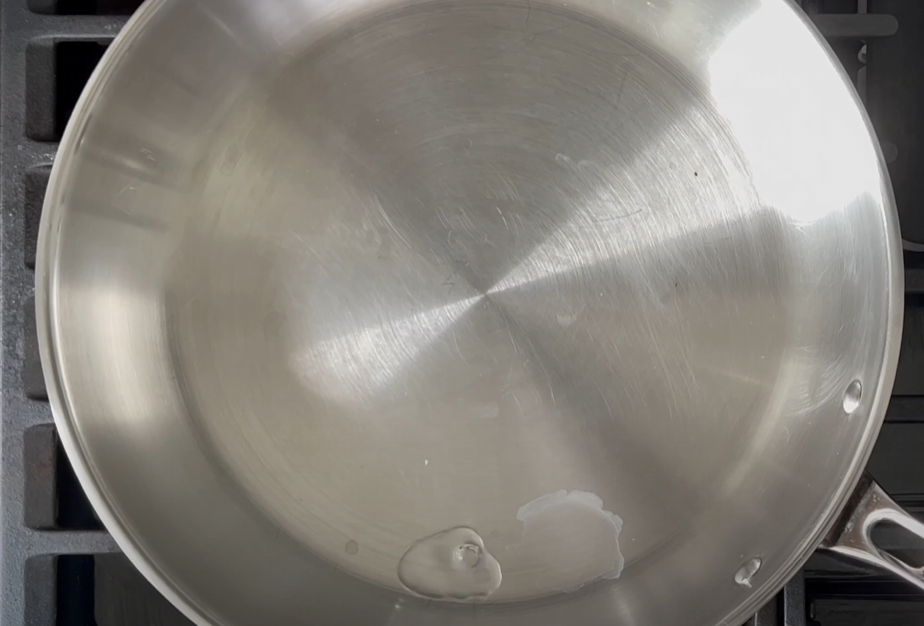
In cooking, the Leidenfrost effect plays a crucial role in creating a nonstick surface on a hot pan. When you preheat a stainless-steel skillet to the right temperature and flick water droplets onto its surface, those droplets instantly vaporize and form a protective layer of steam. This steam barrier lifts food off the surface of the pan, essentially creating a buffer between the food and the hot metal.
As a result, the food doesn’t stick to the pan, and it’s able to cook evenly without burning. This effect is especially useful when cooking delicate foods like eggs or fish, which are prone to sticking on traditional stainless-steel surfaces.
In essence, the Leidenfrost effect transforms a hot pan into a nonstick cooking surface, making it easier to cook a wide range of foods with minimal sticking and fuss. It’s a fascinating example of how science intersects with everyday cooking techniques, enhancing both the cooking experience and the quality of the final dish.
So, next time you’re whipping up a culinary masterpiece, remember the Leidenfrost effect. Your stainless-steel skillet will thank you with effortless cooking and easy cleanup.
Looking for the Best Stainless-Steel Pans?
If you’re in the market for top-notch stainless-steel cookware, check out our comprehensive guide to the top stainless-steel pans. Dive into our reviews and find the perfect addition to your kitchen arsenal!




